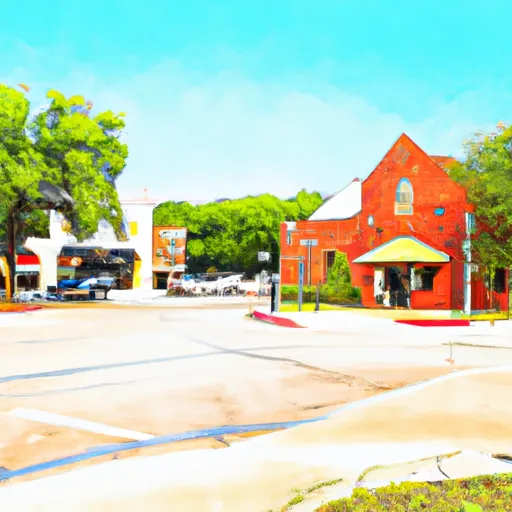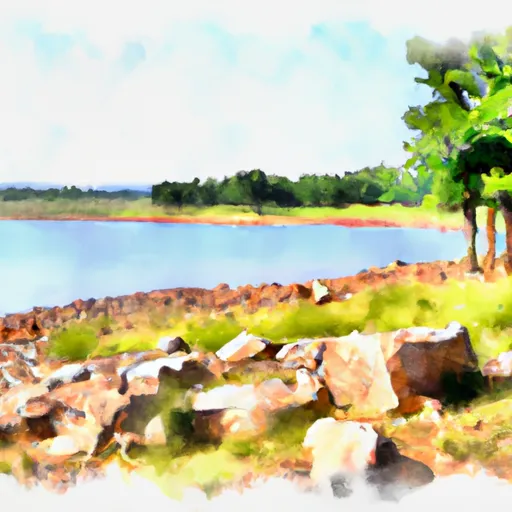°F
°F
mph
Windspeed
%
Humidity











Centerville, Texas is a small town located in Leon County. The climate in Centerville is humid subtropical, with hot summers and mild winters. The area receives an average of 47 inches of rainfall per year, contributing to the hydrology constituents of the town. The Trinity River runs through the eastern part of Leon County, providing opportunities for fishing, boating, and other water activities. Additionally, there are several nearby parks and natural areas, such as Fort Boggy State Park and Davy Crockett National Forest, which offer hiking, camping, and wildlife viewing opportunities. Overall, Centerville is a great destination for outdoor enthusiasts looking to explore the diverse landscapes of East Texas.
Weather Forecast
Centerville receives approximately 1076mm of rain per year, with humidity levels near 84% and air temperatures averaging around 19°C. Centerville has a plant hardyness factor of 8, meaning plants and agriculture in this region tend to thrive here all year round.
Regional Streamflow Levels
72
Cubic Feet Per Second
42
Cubic Feet Per Second
0
Cubic Feet Per Second
21
Cubic Feet Per Second
Nearby Camping
| Camping Area | Reservations | Toilets | Showers |
|---|---|---|---|
| Purtis Creek State Park | |||
| Fairfield Lake State Park | |||
| Stephen Austin State Park | |||
| Wind Point Park | |||
| Lake Tawakoni State Park | |||
| Navasota RV Park |



